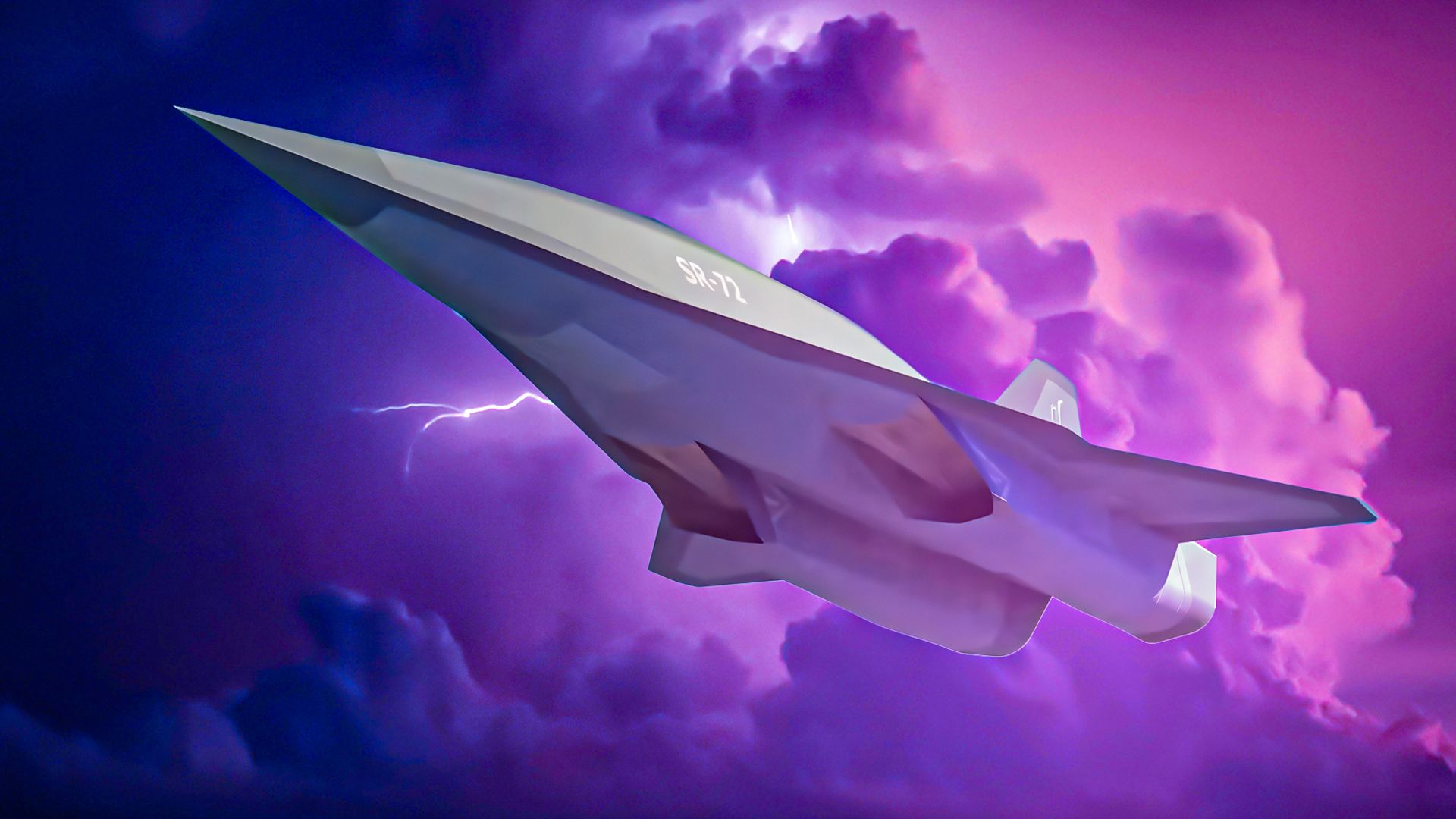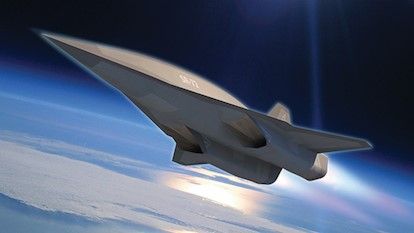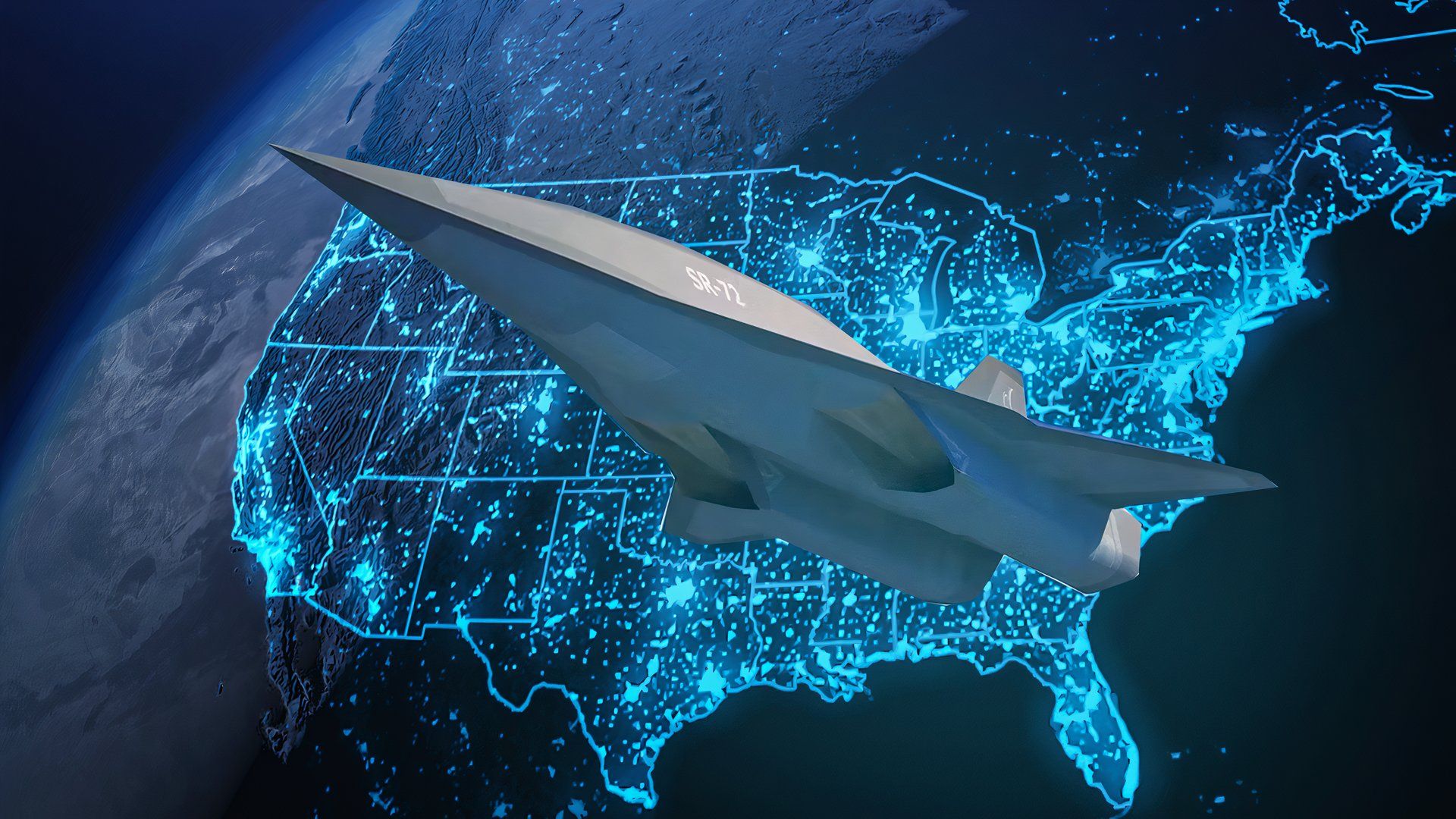Summary
- The SR-72 will be twice as fast as the SR-71 Blackbird, potentially reaching speeds of Mach 6.
- Lockheed Martin is projected to bring the SR-72 to life, with plans for a test flight by 2025.
- To achieve hypersonic speeds, the SR-72 will use a TBCC hypersonic propulsion system blending turbofan engines and ramjets.
Thanks to the boffo box office performance of “Top Gun: Maverick” two years ago, a super-secret spy plane that officially only existed in theory had already captured the imaginations of the American moviegoing public and, reportedly, freaked out Red China’s People’s Liberation Army (PLA) brass. The plane in question is the SR-72, dubbed the “Darkstar” in the film, and nicknamed “SOB (Son of Blackbird)” in many real-world outlets due to its supposed status as the heir apparent to the Lockheed SR-71 Blackbird, which remains the fastest air-breathing aircraft ever made 26 years after its official retirement.
Fast-forward to the present day, questions still abound: is the SR-72 for real now, or is it still merely conceptual? What do we know about it now that we didn’t know then? And whether reality or still just theory, how does it differ from other hypersonic aircraft? Simple Flying will now attempt to answer these questions.
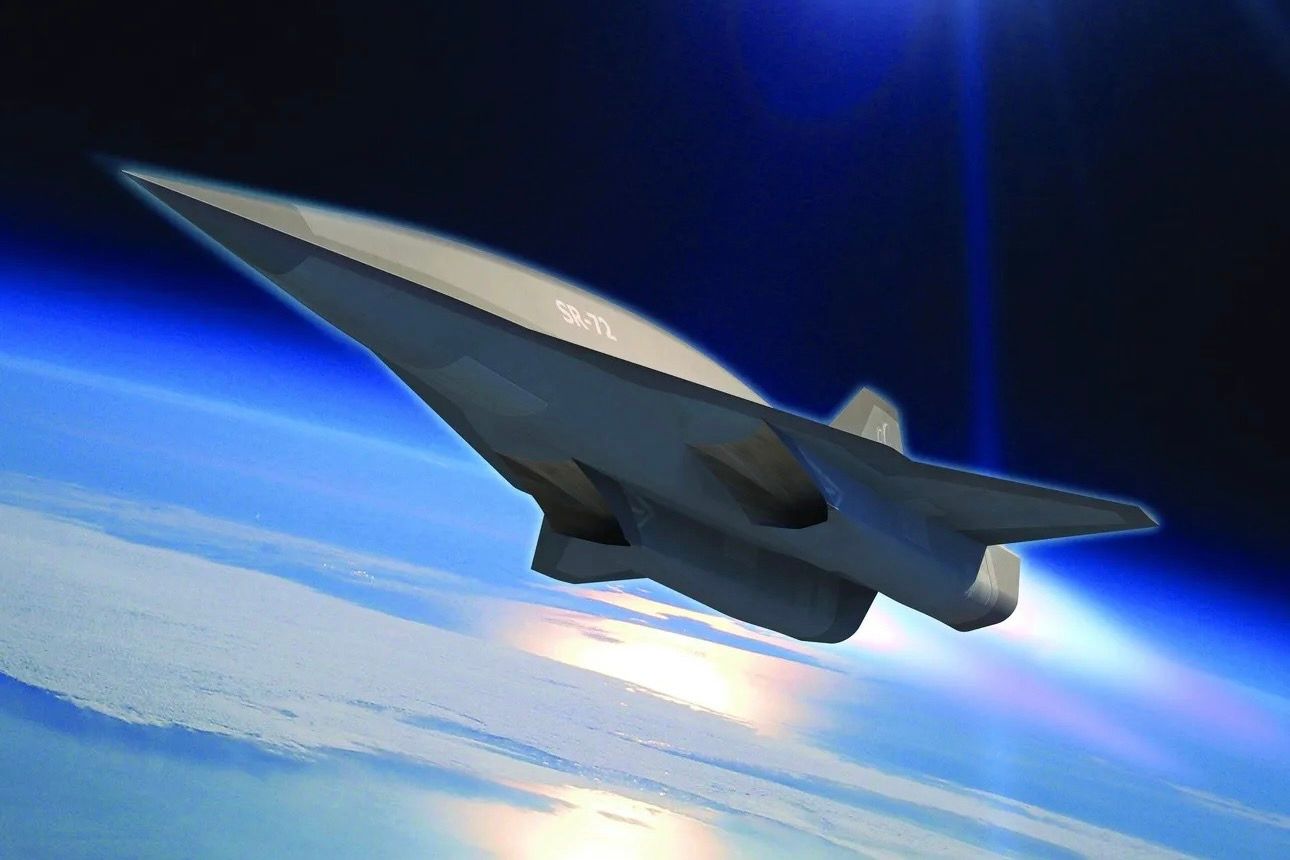
Related
Everything You Need To Know About The Mysterious Lockheed Martin SR-72 ‘Darkstar’
The aircraft will be twice as fast as the SR-71 Blackbird
Though the SR-71 is the fastest air-breathing aircraft ever made, the all-time fastest aircraft of *any* kind is actually the North American X-15 rocket plane, which attained a top speed of Mach 6.7!
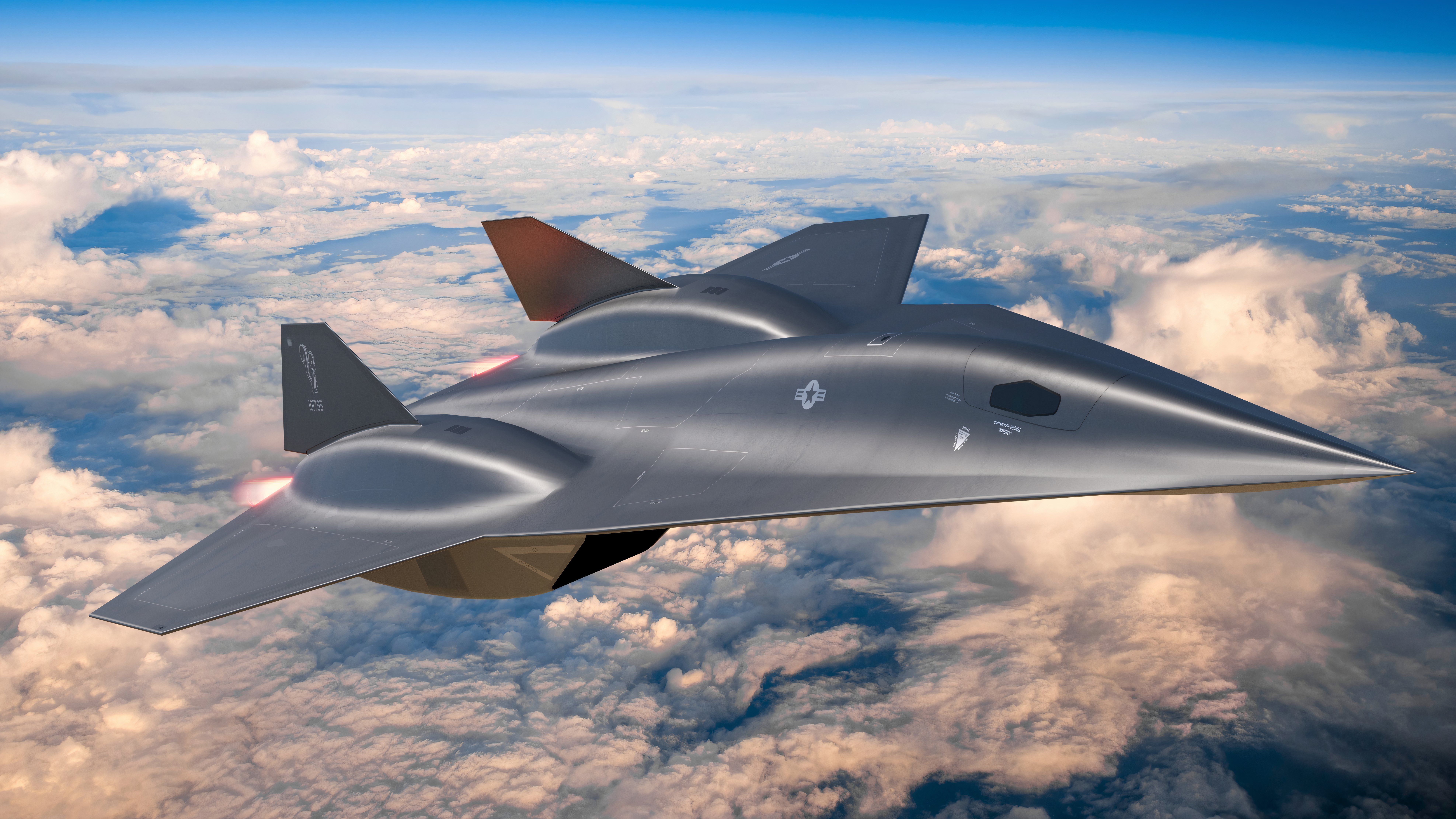 The Basics Part I: The (apparent) builder
The Basics Part I: The (apparent) builder
Not surprisingly, Lockheed’s successor, Lockheed Martin, is the odds-on favorite to make the SR-72 a reality, as such projects are the forte of the firm’s legendary “Skunk Works” program, the brainchild of the late great Clarence “Kelly” Johnson (February 27, 1910 – December 21, 1990), and the wellspring of aeronautical creative genius also responsible for the following warbirds:
- P-38 Lightning
- U-2 “Dragon Lady” spy plane
- F-104 Starfighter
- F-117 Nighthawk “Stealth Fighter,”
- F-22 Raptor
- F-35 Lightning II.
Lockheed Martin executives privately proposed the concept of the SR-72 back in 2013, and five years later they projected that an SR-72 test vehicle could fly by 2025 and enter service in the 2030s. So, at the very least, we know that plans for such a project *do* indeed exist.
Learn more about the very first Skunk Works project, the P-38 Lightning.
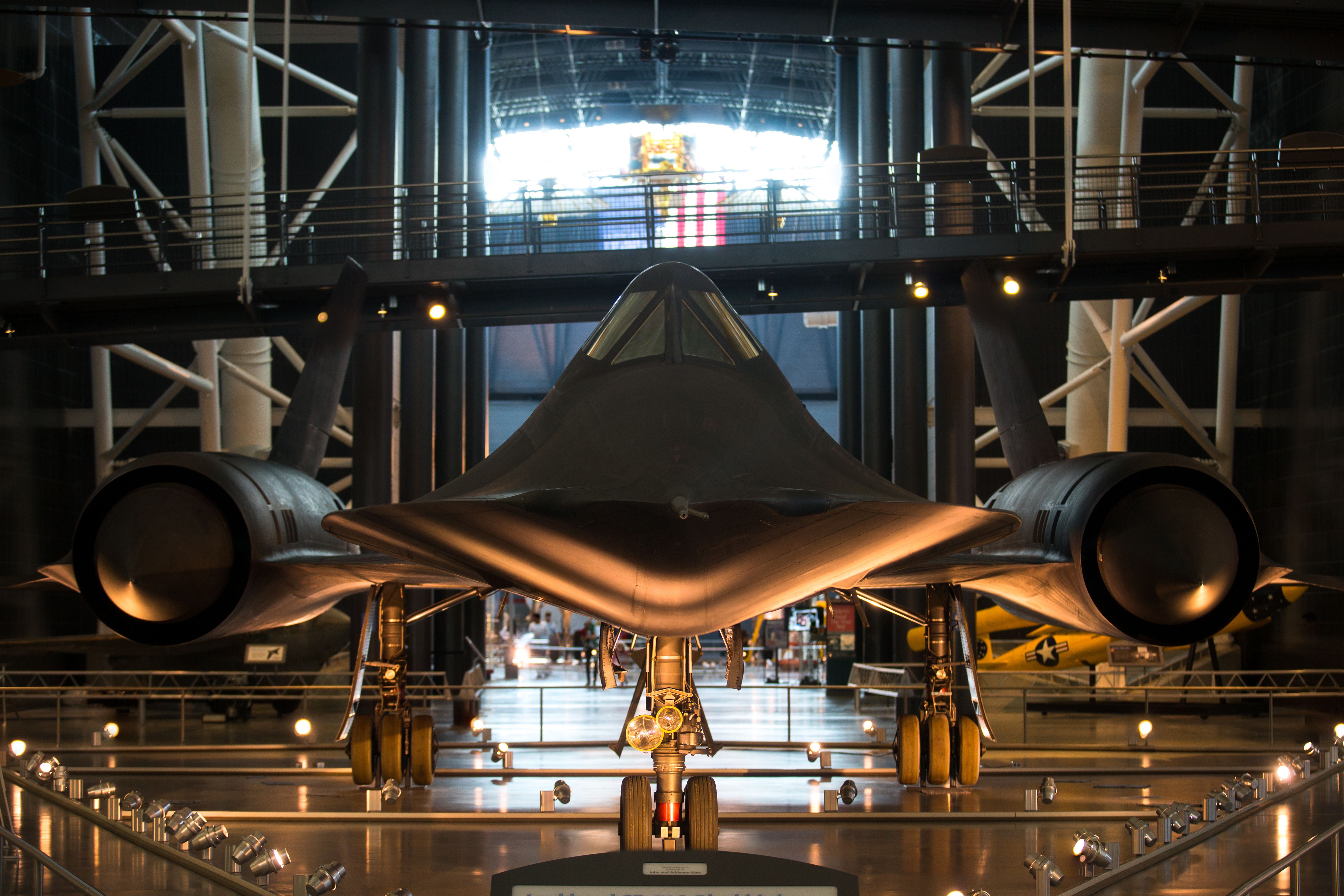
Related
Skunk Works: What Does Lockheed Martin Do In Palmdale, California?
A review of the United States’ leading aviation development firm.
The Basics Part II: Specifications
Well, the physical existence of an actual prototype is still strictly speculative at this point, so likewise, measurable vital stats for the “SOB” are still conjecture at this point as well. Christopher McFadden of Interesting Engineering provides some educated guesses in a January 2024 article (which also provides partial answers to the question posed in the title of this article). To wit:
- A speed capability of over 4,000 mph (6,437 kph; 3,475.9 kn; Mach 5.21)
- A fuselage length of over 100 ft (30 m)
- Armament consisting of Lockheed Martin’s new High-Speed Strike Weapon (HSSW), a system which reportedly can fire hypersonic weapons faster than any other weapon — including Russia’s much-ballyhooed hypersonic missiles — and instantly achieve hypersonic speeds
For the basis of comparison, the SR-71’s speed topped off at Mach 3. In addition, the Blackbird carried no armament; by sharp contrast, the tandem of the “Son of Blackbird” and the HSSW could conceivably penetrate any airspace and strike essentially any location across a continent within an hour.
And as if that Mach 5.21 figure weren’t impressive enough, defense journalists like Maya Carlin of The National Interest have floated the possibility that the “SOB” could even have a speed goal of Mach 6.0!
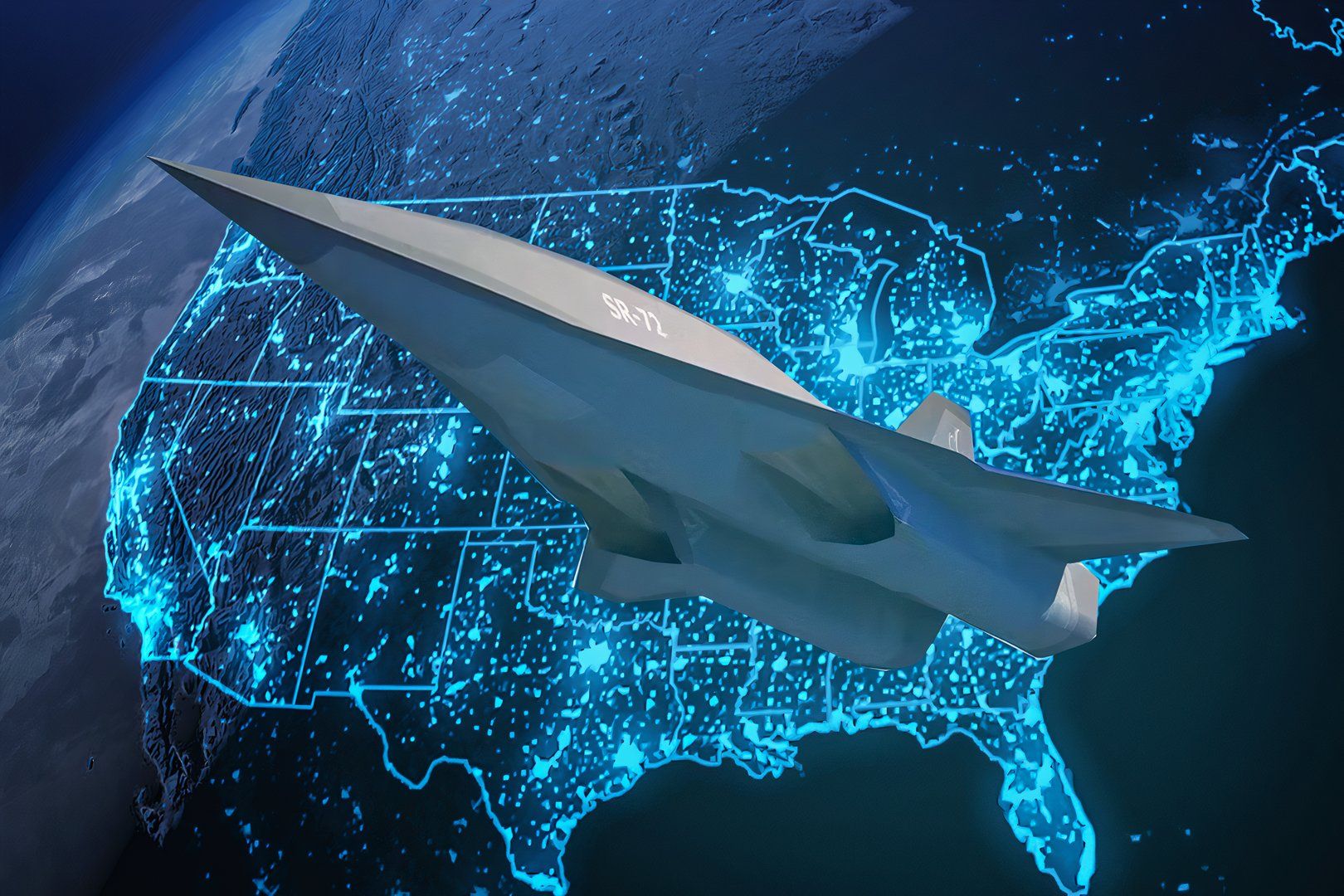
Related
What Impact Will The SR-72 Dark Star Have On Global Military Balance?
The hypersonic UAV is under development.
A useful definition of “hypersonic vehicle” is provided by NASA: “Vehicles that travel at hypersonic speeds fly faster than five times the speed of sound. .”
The mechanics behind the mind-blowing speed
So then, whether a “mere” (sarcasm mode fully engaged there) Mach 5.21 or Mach 6, how will that “Ridiculous Speed” (to borrow a phrase from Mel Brooks’s 1987 comedy classic “Spaceballs“) be humanly attainable? As noted by Ms. Carlin:
“At speeds greater than Mach 5.0, the resulting high temperatures can melt conventional metallic airframes. To rectify this, engineers are researching alternate composites including high-performance ceramic, carbon, and metal mixes.”
But what about the engines needed to produce that kind of thrust? For that information, we turn back to Mr. McFadden:
“Conventional turbojet and turbofan engines can provide enough power to an aircraft during takeoff and landing at subsonic speeds. However, they cannot sustain hypersonic speeds. While there are jet engines that can power an aircraft at hypersonic speeds, they cannot be used during takeoff and landing. To this end, the SR-72 requires an engine that can do both.”
“The SR-72 program is focused on developing a fully reusable turbine-based combined cycle (TBCC) hypersonic propulsion system. This propulsion system is a kind of air-breathing jet engine that combines the turbofan engines used in many modern tactical aircraft with a supersonic combustion ramjet (also known as a scramjet) that is capable of achieving and sustaining speeds above Mach 5 and even potentially exceeding Mach 10.”
Time will tell if this ultra-ambitious project indeed comes to fruition by 2025…or at all, for that matter. But, as the old MasterCard TV adverts in the 1980s used to say, “Master the Possibilities.”

